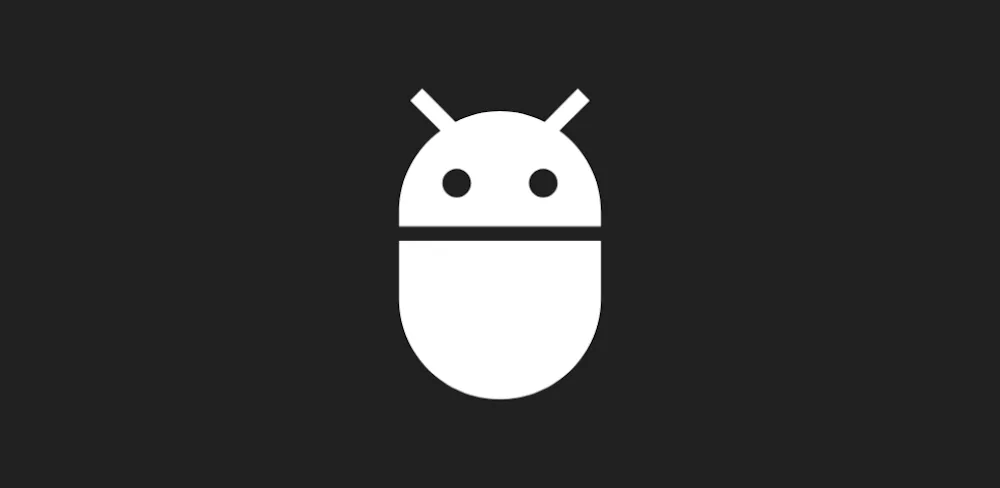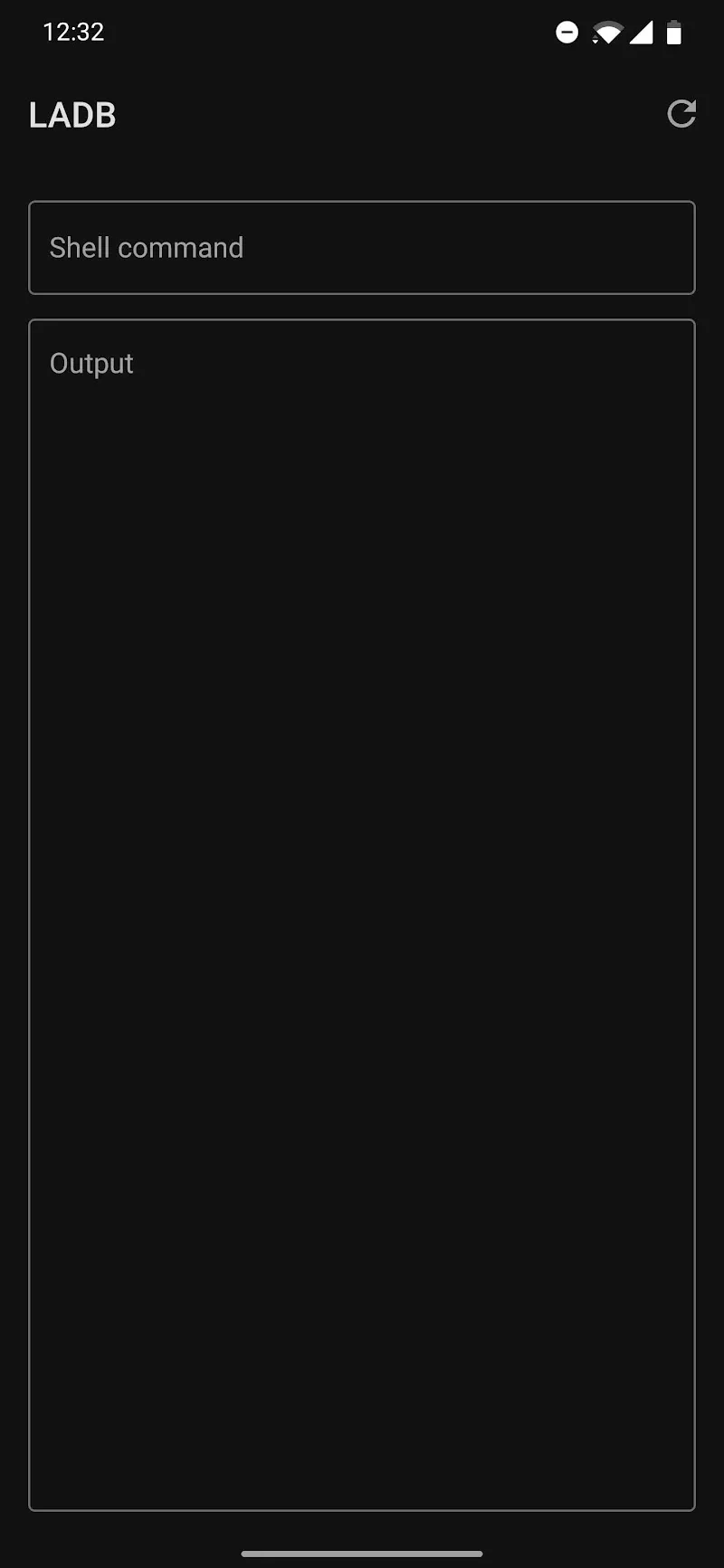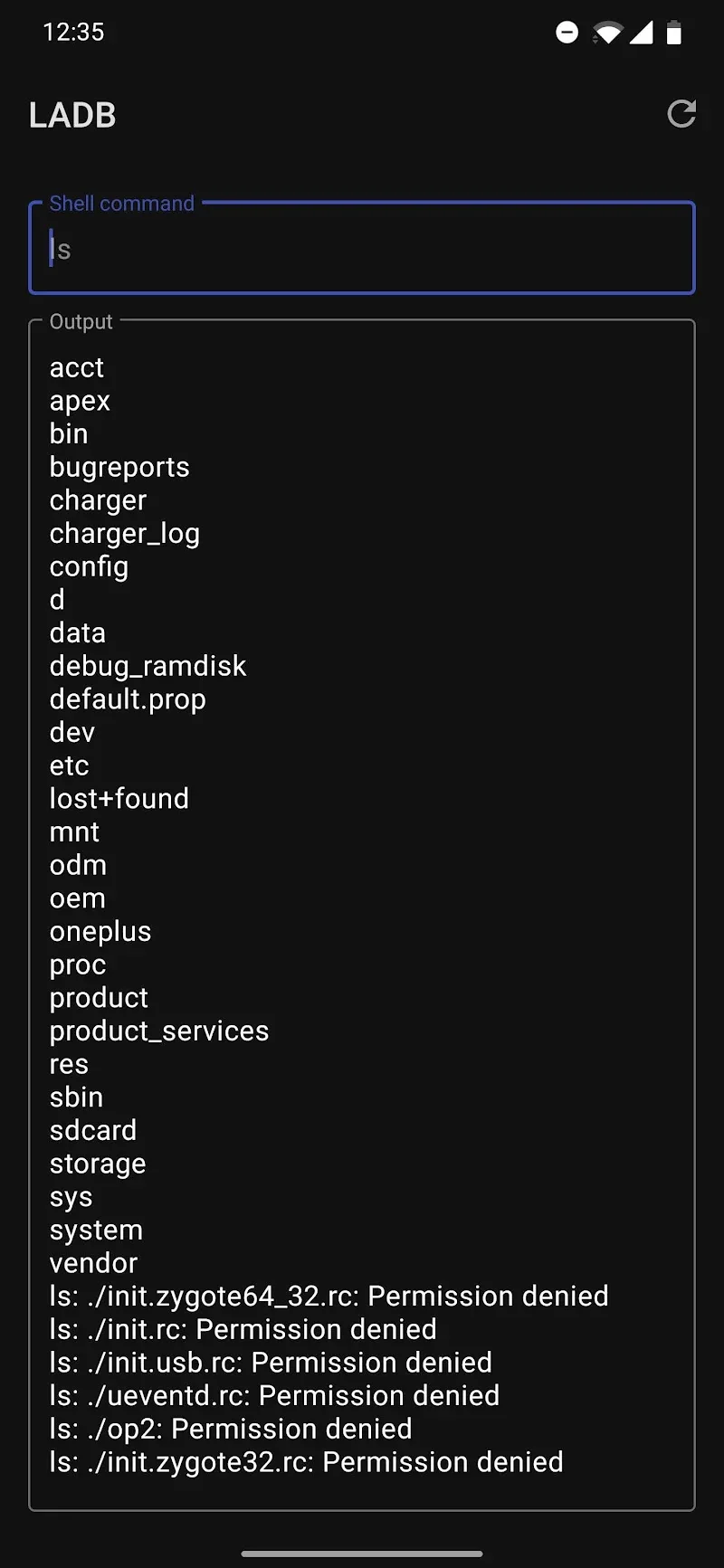Before diving into the details of Local ADB Shell (LADB), it’s important to understand what Android Debug Bridge (ADB) is. ADB is a versatile command line tool that lets developers communicate with Android devices. It enables a computer and an Android device to connect so the computer can execute commands on the device, transfer files, install apps, debug code, and perform other development tasks.
UNDERSTANDING ANDROID DEBUG BRIDGE (ADB)
ADB is extremely useful for Android development and troubleshooting. But it relies on a wired USB connection to function in most cases. The key innovation behind LADB is extending ADB to work wirelessly over a local network.
INTRODUCING LOCAL ADB SHELL
As the name suggests, Local ADB Shell (LADB) bundles up an ADB server within an Android app’s libraries. So, unlike the typical ADB setup that requires a computer, LADB places the ADB server directly on the local Android device. This allows it to connect to the same device over the local network rather than USB. Developer Jared Rummler created LADB to enable Android debugging scenarios without needing to connect wires or even have access to a computer. As mobile devices become more and more powerful, so does the need for debugging tools on mobile itself.
PREPARING DEVICES FOR WIRELESS DEBUGGING
The ADB server within LADB cannot connect to the local Android device out of the box. Explicit wireless debugging connections must be first configured. This is done through the “Wireless debugging” page under the Developer Options section of the Settings app. Here, you can add a debugging connection by scanning a QR code. LADB can generate suitable QR codes to kickstart the server and client pairing process. The connection info like passwords and ports also get exchanged to enable communication over the local network.
RECOMMENDED SETUP INSTRUCTIONS
It’s highly recommended to use split-screen mode or pop-out windows to have both LADB and Settings visible simultaneously during first-time setup. Android invalidates the connection credentials if the wireless debugging dialog in Settings gets dismissed prematurely. This forces the tedious process of removing old connections and scanning codes to start over. So, once the QR code is scanned in Settings, open the wireless debugging approval dialog. Copy the generated numerical pairing code and port number from Settings into LADB’s text fields. Finally, tap Connect in LADB once the Settings popup auto-dismisses itself after a timeout period.
DIAGNOSING AND FIXING CONNECTIVITY ISSUES
As with many sophisticated Android utilities involving advanced developer options, LADB can exhibit flaky behavior. However, many common errors that prevent successful connections can be mitigated with a few troubleshooting techniques. First, within LADB itself, clear app data which wipes old configuration info. Then head to Settings and forget existing wireless debugging connections under Developer Options. Finally, reboot the device for changes to take effect.



Comments 0